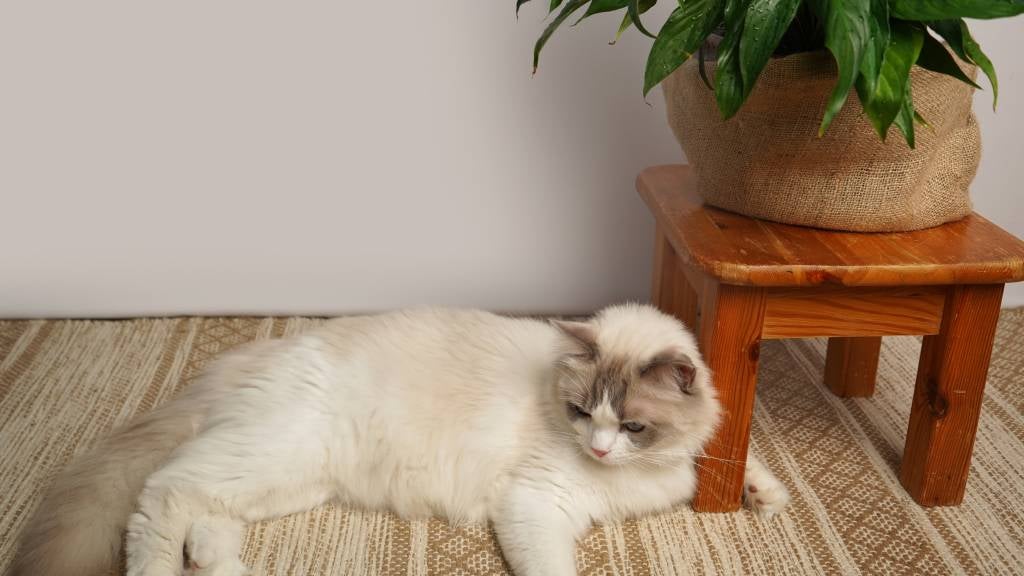Quick take
- Some popular indoor plants can make pets very sick – lilies are a major risk for cats
- Swap risky plants for pet-safe choices and place others well out of reach
- Symptoms can include drooling, vomiting or diarrhoea – call a vet promptly if you’re worried
- Even with safe plants, discourage chewing and offer approved chew toys instead
- A little planning keeps your home green and your furry mates safe
Why houseplant safety matters
Indoor plants brighten a space, but curious pets often nibble leaves or knock pots. Depending on the plant, that taste test can cause anything from mild tummy upset to serious illness. Knowing what is risky – and what is safe – helps you keep the greenery without the worry.
Common toxic plants for cats and dogs
1. Lilies
- Very dangerous for cats – even small amounts can harm kidneys
- Dogs may get gastrointestinal upset
- Best avoided entirely in cat homes
2. Philodendron and monstera
- Contain oxalate crystals that irritate the mouth and throat
- Signs include drooling, pawing at the mouth and vomiting
3. Aloe vera
- Handy for humans, not for pets if eaten
- Can cause vomiting, lethargy and diarrhoea
4. Sago palm
- Extremely toxic to both dogs and cats
- All parts are risky – ingestion can lead to severe liver issues
5. Dieffenbachia (dumb cane)
- Oral irritation, drooling and vomiting after chewing leaves
6. Pothos (devil’s ivy)
- Mild to moderate oral irritation and tummy upset if ingested
7. Peace lily
- Can cause mouth irritation, drooling and vomiting
- Avoid in homes with plant-chewers
Symptoms of plant poisoning
- Drooling or foaming
- Vomiting or diarrhoea
- Pawing at the mouth or face
- Loss of appetite or lethargy
- Breathing trouble in severe cases
If you notice these signs, contact your vet for advice. Keep the plant label or a photo handy to help identify the culprit.
Pet-safe houseplant alternatives
Enjoy greenery with lower risk by choosing:
- Spider plant (Chlorophytum comosum) – hardy and pet-friendly
- Boston fern (Nephrolepis exaltata) – lush and safe
- Areca palm (Dypsis lutescens) – gentle tropical vibe
- Bamboo palm (Chamaedorea seifrizii) – low maintenance
- Calathea – colourful leaves and pet-safe
Even with safe species, limit nibbling – large amounts of any leaf can upset tummies.
Tips to keep pets and plants safe
- Place risky plants high, use shelves or hanging pots and block climbing routes
- Create pet-friendly “green zones” with safe plants only
- Offer chew toys and regular play to reduce boredom nibbling
- Use taste deterrents where appropriate and keep water bowls topped up
- Teach a reliable “leave it” and reward calm behaviour around plants
What to do if your pet eats a plant
- Remove any plant material from the mouth and offer fresh water
- Check the plant name and note how much was eaten
- Call your vet for tailored advice – do not try home remedies unless directed
- Monitor for worsening signs and keep your pet calm while you organise care
Final thoughts
You can have a thriving indoor jungle and a pet-safe home. Choose suitable plants, position them wisely and steer curious noses towards safer habits. A little prep goes a long way to keeping tails wagging and whiskers twitching.
Style your space, protect your mate with Buddy
New pot, new vibe, same cheeky chewer. While you plan your plant lineup, Buddy Pet Insurance can help you enjoy your leafy home and focus on care, not close calls.
FAQsFrequently Asked Questions about pet-safe plants
Indoor jungles and curious pets do mix – here are quick answers to the most common questions.
Are spider plants safe for cats and dogs?
Yes – they are considered non-toxic. Still, limit chewing to avoid tummy upset.
Which plants are most dangerous for cats?
Lilies are a top risk for cats – avoid keeping them in cat homes.
How can I stop my cat from chewing leaves?
Offer cat-safe grasses, add play and climbing options, and teach “leave it”. Use taste deterrents on risky plants and move them out of reach.
Is aloe vera safe around pets?
Not if eaten – it can cause vomiting and lethargy. Keep aloe out of reach or swap for a safer plant.
Do I need to get rid of every toxic plant?
Not necessarily – but place them where pets can’t access them, and supervise. If your pet is a persistent chewer, safer swaps are best.
20 Nov 2025

